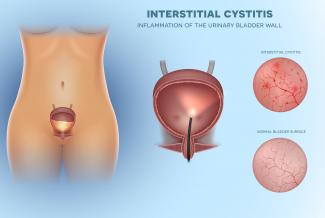News
- Reducing your risk of stroke with exercise
30 Sep 13
- Arsenic in our Rice
30 Sep 13
- Benefits of Delayed Cord Clamping at Birth
30 Sep 13
- Butterbur for Allergies
26 Aug 13
- CoQ10: Benefits for Trained Athletes
26 Aug 13
- Cancer risk in children exposed to CT scans
26 Aug 13
- The Health Effects of Skipping Breakfast
26 Aug 13
- Statins and Muscle Injury
26 Aug 13
- The impact of Lead on Children in the classroom
24 Jul 13
- Preventing Cardiovascular disease with Naturopathic medicine
24 Jul 13
- EPA or DHA? Your gender may matter when it comes to Coronary Artery Disease prevention.
24 Jul 13
- CoenzymeQ10 for treatment of Heart Failure
24 Jul 13
- Homocysteine and Cardiovascular disease risk: Dietary Folate or Supplementation?
24 Jul 13
- Oil Palm Leaf Extract in Diabetes Management
18 Jun 13
- Health Benefits of Attachment Parenting
18 Jun 13











